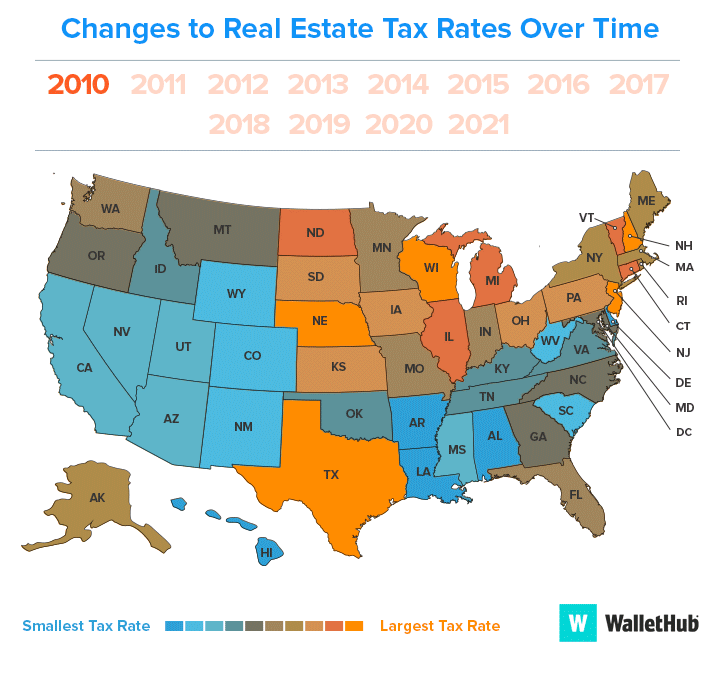As a long-distance real estate owner, finding the right property manager can be a daunting task. Choosing the right manager can make the difference between a profitable investment and a money pit. In this article, we will explore the top qualities to look for when choosing a property manager for long distance real estate.
Top Qualities to Look for When Choosing a Property Manager for Long Distance Real
Introduction
Managing a rental property from afar can be a difficult task, but with the right property manager, it can be a seamless experience. When choosing a property manager, it is important to look for someone who has the qualities to help you achieve your investment goals.
Communication Skills
Effective communication is a key factor in a successful long-distance real estate investment. The property manager should have excellent communication skills, both verbal and written, to keep you informed of all aspects of the property management process. They should be able to explain complicated concepts in simple terms, respond promptly to your inquiries, and keep you updated on the status of the property.
Attention to Detail
A property manager with a keen eye for detail is crucial in ensuring that your investment is well-maintained. They should be able to identify and address issues before they become major problems, and be proactive in maintaining the property to keep it in good condition.
Knowledge of Local Real Estate Laws and Regulations
Every state and city has its own set of real estate laws and regulations, and it is important to find a property manager who is familiar with these laws. They should be able to guide you through the legal aspects of renting your property and ensure that all necessary paperwork is filed correctly.
Marketing and Tenant Screening Abilities
A good property manager should have strong marketing and tenant screening abilities. They should be able to market the property effectively to attract quality tenants, and have a screening process in place to ensure that only qualified tenants are selected. This will reduce the risk of late payments, evictions, and property damage.
Maintenance and Repair Capabilities
A property manager should have the skills and resources to handle maintenance and repair issues in a timely and efficient manner. They should have a network of reliable contractors and vendors who can provide quality service at a reasonable cost.
Financial Management Expertise
A property manager should be well-versed in financial management, including rent collection, budgeting, and accounting. They should be able to provide you with regular financial statements and forecasts, and help you make informed decisions about your investment.
Transparency and Accountability
A good property manager should be transparent and accountable in all aspects of their work. They should be open and honest with you about the property’s performance, and be willing to explain any issues or concerns that arise.
Availability and Responsiveness
A property manager should be available and responsive to your needs and concerns. They should be able to respond promptly to your inquiries and provide you with updates on the property’s status.
Experience and Track Record
Experience and a proven track record are important factors to consider when choosing a property manager. Look for someone with a solid reputation in the industry, and who has a history of successful property management.
References and Reputation
It is important to check references and reputation when selecting a property manager. Ask for references from past clients and do some research online to see what others are saying about the property manager’s reputation. Look for reviews and ratings on websites like Yelp and Google, as well as on social media platforms.
Technology and Innovation
A property manager who embraces technology and innovation can streamline the management process and provide a better experience for both the owner and the tenant. Look for a manager who uses property management software, online portals, and other digital tools to manage the property efficiently.
How Many Properties Should Your Property Management Company Manage?
However, it can be difficult to determine how many properties a property manager should have, especially if you only have a small number of properties to manage. Let’s explore the factors that can impact the number of properties a property manager can effectively manage and provide some guidance on how to make the best decision for your investment portfolio.
Factors that Impact the Number of Properties a Property Manager can Manage
- Property type – The type of property being managed can impact the number of units that can be managed effectively. For instance, a single-family home requires different management than a multi-unit apartment complex. Single-family homes typically require less management, while larger properties with more units require a greater level of attention.
- Location – The location of the properties can also affect the number of units that can be managed effectively. Properties in different geographic locations may have different regulatory requirements or tenant expectations, which can impact the level of management required.
- Services required – The level of services required for each property can also impact the number of units a property manager can manage. If additional services such as landscaping or maintenance are required, this may decrease the number of properties a property manager can handle effectively.
- Experience and resources of the property manager – The experience and resources of the property manager can also impact the number of properties they can manage. An experienced and well-resourced property manager may be able to manage more properties effectively than a less experienced manager.
There is no hard and fast rule when it comes to determining the number of properties a property manager should manage. However, there are some general guidelines that can help you make a decision:
A good rule of thumb is that a property manager should manage at around 200 to 300 properties. This number can vary depending on the factors outlined above, but it provides a good starting point for small investors.
With less properties the company may not have all the systems in place to manage efficiently properties. On the other end, with a management company that has more than 2000 to 5000 properties may not be too keen on spending the necessary time with you as a small investor.
Trust and Integrity
Finally, it is important to choose a property manager who is trustworthy and has a high level of integrity. This person will be responsible for managing your investment, so it is essential that you feel confident in their ability to act in your best interest.
Conclusion
Choosing the right property manager for your long distance real estate investment requires careful consideration of many factors. By looking for someone with strong communication skills, attention to detail, knowledge of local laws and regulations, marketing and tenant screening abilities, maintenance and repair capabilities, financial management expertise, transparency and accountability, availability and responsiveness, experience and track record, references and reputation, technology and innovation, cultural sensitivity, and trust and integrity, you can ensure that your investment is in good hands.
FAQs
- What is a property manager? A property manager is a professional who is responsible for the day-to-day management of a rental property on behalf of the owner.
- What are the benefits of hiring a property manager? Hiring a property manager can help you save time and effort by handling all aspects of property management, from marketing and tenant screening to maintenance and repair.
- How can I find a good property manager? You can find a good property manager by doing research, checking references and reputation, and asking for recommendations from other investors or industry professionals.
- What are some common mistakes to avoid when choosing a property manager? Some common mistakes to avoid include choosing someone solely based on price, failing to do your research, and hiring someone who is not experienced or reputable.
- How much does a property manager typically charge? The cost of a property manager can vary depending on the location and the services provided, but typically ranges from 8-12% of the monthly rent.

